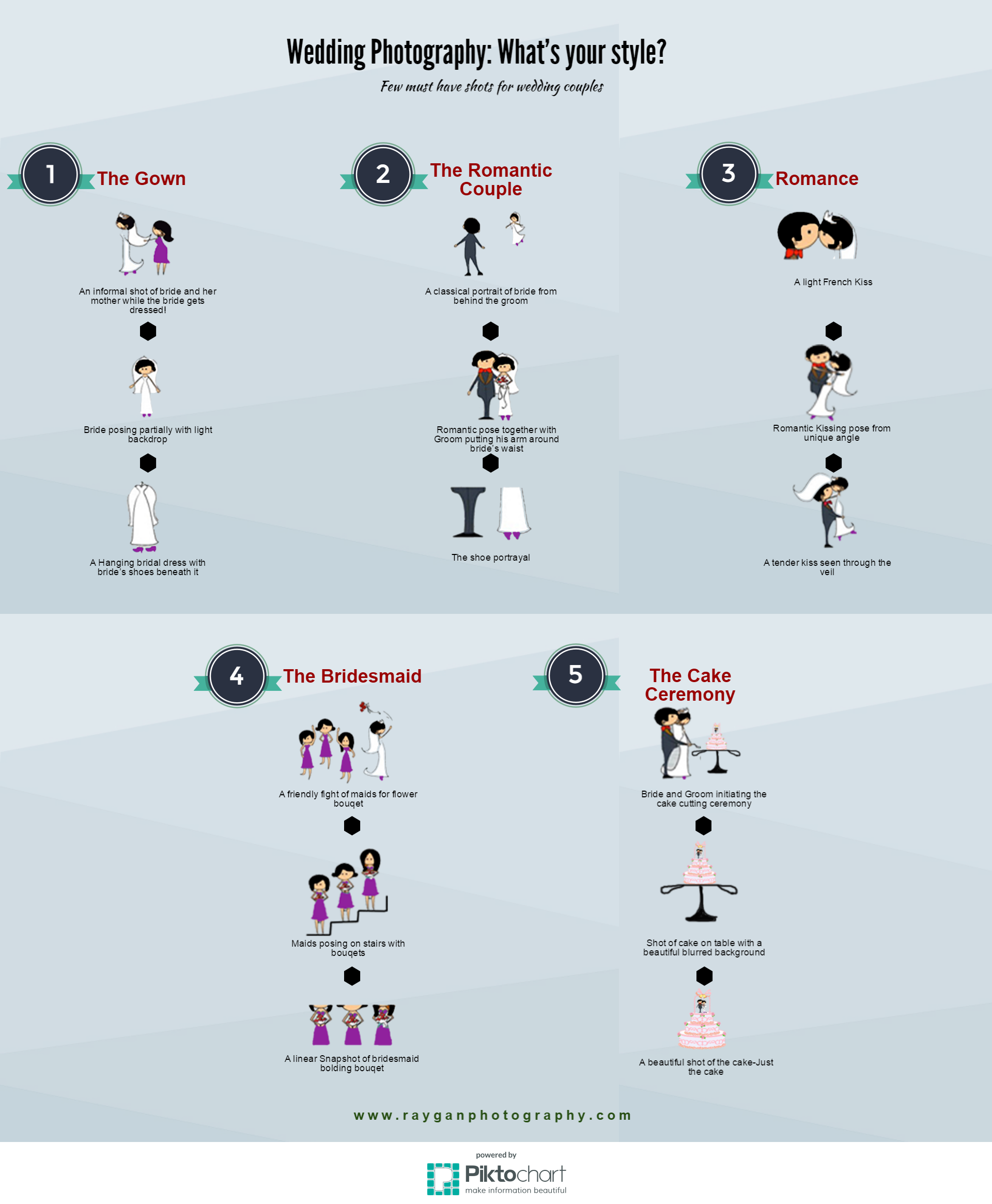Photography Tips For Beginners: Grasping Your Electronic Camera In No Time
Photography Tips For Beginners: Grasping Your Electronic Camera In No Time
Blog Article
Web Content Composed By-Weber Odgaard
When you first grab your camera, it can really feel overwhelming with all the settings and choices readily available. Headshots for linkedin may find yourself wondering just how to navigate aperture, shutter speed, and ISO efficiently. Grasping these basics is crucial, but there's more to digital photography than just technical knowledge. Comprehending composition strategies and lighting problems can boost your photos significantly. So, suppose you could learn straightforward methods to enhance your abilities and start recording outstanding photos quicker than you think? Let's explore exactly how to transform your digital photography trip.
Understanding Electronic Camera Setups
Understanding your cam settings is vital for capturing spectacular photos. When you pick up your camera, familiarize on your own with the 3 main settings: aperture, shutter rate, and ISO. Each plays an important role in how your images turn out.
Start with aperture, which controls the quantity of light entering the lens. A wider aperture (lower f-number) allows a lot more light and creates a lovely history blur, ideal for pictures. On the other hand, a narrower aperture (greater f-number) maintains even more of the scene in focus, perfect for landscapes.
Next, concentrate on shutter speed. This setting identifies how much time your cam's sensing unit is subjected to light. A rapid shutter rate freezes motion, which is excellent for activity shots, while a sluggish shutter rate can develop spectacular impacts like smooth water in landscapes.
Finally, readjust your ISO. Executive portrait affects your electronic camera's level of sensitivity to light. A greater ISO is useful in low-light circumstances but can introduce sound or grain. Go for Photography studio near me while still accomplishing appropriate direct exposure.
Make-up Strategies
When you're out capturing, make-up can make all the difference in how your images reverberate with viewers. Beginning by utilizing the rule of thirds; imagine your frame divided right into nine equal areas with two horizontal and two upright lines. Setting key elements along these lines or at their crossways to create equilibrium and rate of interest.
Next, take into consideration leading lines. These all-natural lines in your scene, like roads or rivers, attract the visitor's eye right into the photo, leading them via the tale you're informing.
Do not forget about framing; usage aspects within your scene, like trees or home windows, to develop a frame around your subject, adding deepness and emphasis.
Likewise, watch on your history. A messy history can distract from your major subject, while a straightforward one aids it stand apart.
Finally, experiment with proportion and patterns; they can create a striking photo that captures focus.
Mastering Lighting Issues
Mastering lighting conditions is important for capturing sensational photos, as the ideal light can transform a normal scene into something extraordinary.
Start by observing Medical Residency Photography at various times of the day. Mornings and late afternoons supply the best light, known as the golden hour. The soft, warm tones during these times can enhance your images perfectly.
Do not shy away from overcast days either; diffused light can lessen severe darkness and develop a pleasing impact, particularly for pictures.
Explore backlighting by positioning your subject versus the source of light. This method can produce a fanciful halo result and include depth to your images.
Pay attention to your cam setups also. Change the ISO, aperture, and shutter speed to match the lighting problems. A greater ISO can assist in reduced light, but be cautious of grain.
Use a tripod in darker settings to stay clear of blur.
Finally, do not fail to remember man-made illumination. Flash and constant lights can be wonderful tools for managing light in challenging conditions.
Final thought
Finally, grasping your video camera does not need to be frustrating. By understanding your settings, applying composition methods, and taking advantage of the power of all-natural light, you'll rapidly boost your digital photography abilities. Keep in mind, practice makes perfect, so go out there and explore your newfound expertise. With time and dedication, you'll be catching magnificent photos that reflect your one-of-a-kind point of view. Appreciate the journey, and don't neglect to have fun while you go to it!
